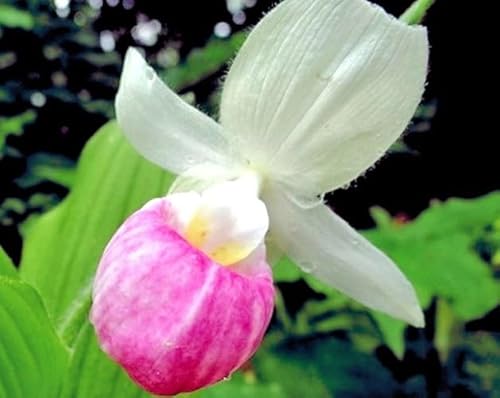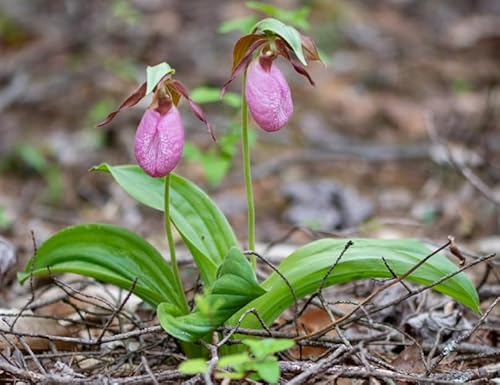you are seeing a bit more growth; larger and taller. so, the floral structures or growth in general will draw more phosphorus (than before). the general word for hort crop production that i'm assuming is true, is that the phosphorus is 'necessary' for floral production, and generally used more when there are quickly-growing floral structures that have branching or differentiation (like mums with lots of branches and flowers).
Flowers typically have the same or LESS P than plant tops (leaves)
Seeing more/larger growth could possibly be explained by the much higher N to K ratio. Also, giving high K/N and P/N ratios will force the plant to mobilize stored reserves. I think it is highly unlikely that you would see a P deficiency with K-lite. Remember that even in the habitat orchids have a P/N ratio of around 0.07 according to the Zots paper....VERY low!! The P in K-lite should be more than enough.
Here is an example of a fuchsia adequately supplied with all nutrients:
Leaves N% 3.2, P% 0.83, K% 5.3
Flowers N% 3.2, P% 0.55, K% 5.2
Notice that the flowers have the same K in them as the leaves, Flowers are exrtemely fast growing and they MUST find K from somewhere.










































